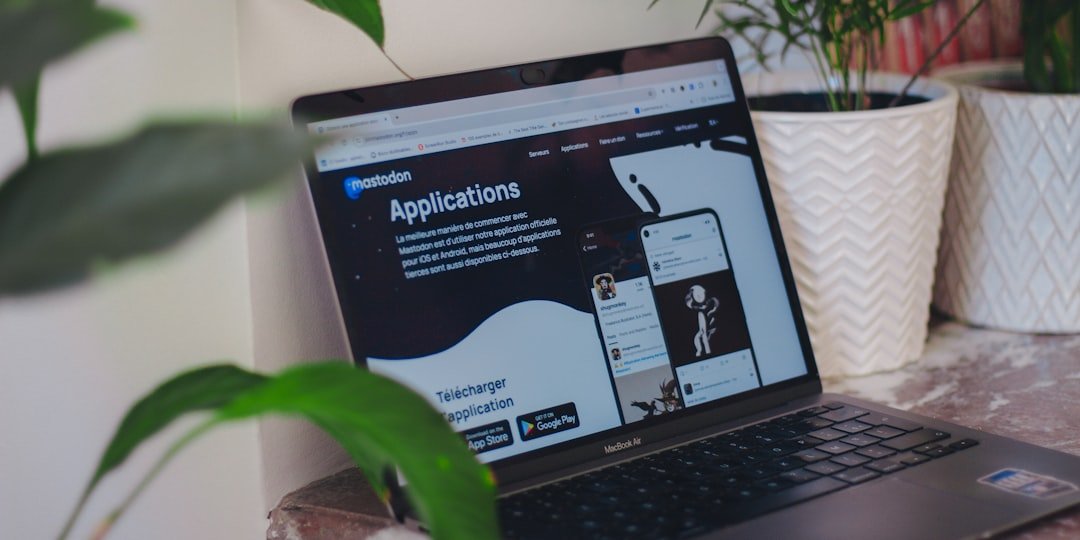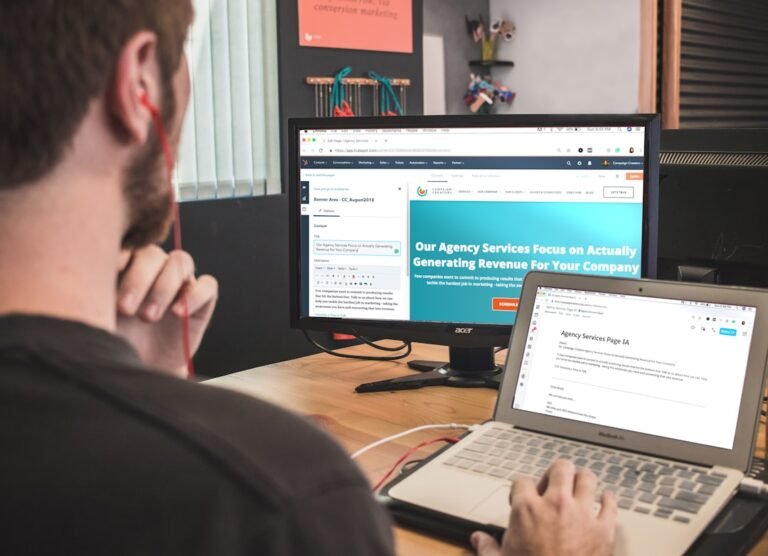email marketing tutorial
*Published on October 30, 2025*
—
Introduction
In today’s digital landscape, **email marketing** remains one of the most cost‑effective ways to nurture leads, drive sales, and keep your audience engaged. Whether you’re a small‑business owner, a marketer transitioning from social media, or a seasoned professional looking to sharpen your skills, this **email marketing tutorial** will walk you through every step—from building a high‑quality list to analyzing campaign performance.
By the end of this guide, you’ll have a clear roadmap for creating compelling email campaigns that deliver measurable ROI. Let’s dive in!
—
1. What Is Email Marketing?
1.1 Definition
Email marketing is the practice of sending targeted, permission‑based messages to a group of subscribers with the goal of building relationships, promoting products or services, and driving specific actions (clicks, purchases, sign‑ups, etc.).
1.2 Core Benefits
- **High ROI** – The Data & Marketing Association reports an average return of $42 for every $1 spent on email.
- **Direct Reach** – Emails land straight in the inbox, bypassing algorithmic feeds.
- **Personalization** – Tailor content based on subscriber behavior, preferences, and demographics.
- **Scalability** – From a handful of contacts to millions, email platforms grow with your business.
—
2. Why an Email Marketing Tutorial Matters
Even though the concept is simple, executing a successful email strategy requires a blend of creativity, data analysis, and technical know‑how. This **email marketing tutorial** equips you with:
- A step‑by‑step framework for launching campaigns.
- Proven best practices to avoid common pitfalls.
- Actionable tips for automation, segmentation, and testing.
—
3. Getting Started: Foundations of a Strong Email Strategy
3.1 Choose the Right Email Service Provider (ESP)
- **Ease of use** – Drag‑and‑drop editors, ready‑made templates.
- **Deliverability tools** – Spam‑score checks, authentication (DKIM, SPF).
- **Automation capabilities** – Drip sequences, behavior‑triggered emails.
- **Analytics** – Real‑time reporting, funnel visualization.
Popular ESPs include **Mailchimp, Klaviyo, ActiveCampaign, and ConvertKit**.
3.2 Build a High‑Quality Email List
- **Opt‑in forms** – Use pop‑ups, slide‑ins, and embedded forms on high‑traffic pages.
- **Lead magnets** – Offer ebooks, checklists, or discount codes in exchange for email addresses.
- **Double opt‑in** – Confirm subscriptions to improve list hygiene and compliance.
3.3 Define Your Goals & KPIs
| Goal | Primary KPI | Supporting Metrics |
|——|————-|———————|
| Increase sales | Revenue per email | Conversion rate, AOV |
| Grow audience | List growth rate | New subscribers, churn |
| Boost engagement | Open rate | Click‑through rate (CTR), time‑in‑email |
| Nurture leads | Lead‑to‑customer ratio | Funnel progression, MQLs |
3.4 Craft Compelling Content
- **Subject lines** – Keep under 50 characters, include a benefit or curiosity hook.
- **Preheader text** – Complement the subject line, act as a secondary teaser.
- **Body copy** – Write concise, scannable paragraphs; use bullet points for key takeaways.
- **Call‑to‑action (CTA)** – Use a single, clear CTA per email; make it stand out with color and button shape.
3.5 Design Responsive Templates
- **Mobile‑first** – Ensure fonts are legible on small screens; buttons should be at least 44 px tall.
- **Brand consistency** – Use your logo, brand colors, and tone of voice.
**Image‑to‑text ratio** – Aim for a 40:
60 balance to avoid spam filters.
—
4. Creating Effective Email Campaigns
4.1 Subject Line Best Practices
- Use numbers or emojis sparingly (e.g., “🚀 5 Tips to Boost Open Rates”).
- Ask a question that resonates with the reader’s pain point.
- Test personalization tokens (“John, see your exclusive offer”).
4.2 Personalization & Dynamic Content
- Insert the subscriber’s first name in the greeting.
- Show product recommendations based on past purchases.
- Adjust content blocks according to location or behavior.
4.3 Segmentation Strategies
- **Demographic** – Age, gender, job title.
- **Behavioral** – Recent purchases, website activity, email engagement.
- **Lifecycle** – New subscribers, active customers, lapsed users.
4.4 A/B Testing (Split Testing)
| Element | Test Idea | Success Metric |
|———|———–|—————-|
| Subject line | “Free Shipping Today” vs. “Your Free Shipping Awaits” | Open rate |
| CTA button color | Blue vs. orange | Click‑through rate |
| Send time | 9 AM vs. 2 PM | Conversion rate |
| Content length | 150 words vs. 250 words | Time‑in‑email |
Run each test on at least **10 % of your list** and let it run for **24–48 hours** before deciding a winner.
—
5. Automation & Drip Campaigns
5.1 Welcome Series
1. **Email 1 – Thank You & Confirmation** – Reinforce the value of subscribing.
2. **Email 2 – Brand Story** – Share your mission and what sets you apart.
3. **Email 3 – First Offer** – Provide a discount or free resource to encourage a purchase.
5.2 Cart Abandonment Flow
- **Trigger** – When a shopper adds items to the cart but doesn’t checkout within 1 hour.
- **Email 1 (1 hr)** – Reminder with product image.
- **Email 2 (24 hr)** – Social proof (reviews, ratings).
- **Email 3 (48 hr)** – Incentive (e.g., 10 % off).
5.3 Re‑Engagement Campaign
- Identify inactive subscribers (no opens in 90 days).
- Send a “We miss you” email with a special offer or a survey to gather feedback.
—
6. Analyzing Results: Metrics That Matter
- **Open Rate** – Percentage of recipients who opened the email.
- **Click‑Through Rate (CTR)** – Clicks divided by total delivered emails.
- **Conversion Rate** – Actions taken (purchase, sign‑up) divided by clicks.
- **Revenue per Email (RPE)** – Total revenue generated divided by the number of emails sent.
- **Unsubscribe Rate** – Indicator of list fatigue; aim for < 0.5 %.
Use **cohort analysis** to see how different segments perform over time, and adjust your strategy accordingly.
—
7. Email Marketing Best Practices & Common Mistakes
7.1 Best Practices
- **Maintain list hygiene** – Regularly remove hard bounces and inactive contacts.
- **Comply with regulations** – Include a visible unsubscribe link; honor GDPR/CCPA requests.
- **Test before sending** – Preview on multiple devices and run spam‑score checks.
- **Consistent schedule** – Set expectations (e.g., weekly newsletter) and stick to them.
7.2 Common Mistakes to Avoid
- **Over‑sending** – Too many emails can increase unsubscribes.
- **One‑size‑fits‑all content** – Lack of segmentation leads to irrelevant messages.
- **Neglecting mobile optimization** – Poor mobile experience kills engagement.
- **Ignoring analytics** – Without data, you can’t improve.
—
8. Advanced Tips for Scaling Your Email Marketing
- **Integrate with CRM** – Sync contact data for richer segmentation.
- **Use predictive analytics** – Identify high‑value prospects and target them with tailored offers.
- **Leverage user‑generated content** – Include reviews, photos, or testimonials directly in emails.
- **Dynamic product feeds** – Auto‑populate email sections with real‑time inventory and pricing.
—
9. Frequently Asked Questions (FAQ)
*Q:
How often should I send emails?**
A: It depends on your audience and content. A common cadence is 1–2 newsletters per week, supplemented by triggered automation.
*Q:
Is it okay to buy an email list?**
A: No. Purchased lists violate CAN‑SPAM and GDPR, result in low engagement, and damage sender reputation.
*Q:
What is the ideal length for an email?**
A: Keep the main message under 200 words; use headings and bullet points for readability.
*Q:
How can I improve deliverability?**
A: Authenticate your domain (DKIM, SPF), maintain list hygiene, avoid spammy language, and monitor sender reputation.
—
Conclusion
Mastering email marketing is a blend of art and science. This **email marketing tutorial** has equipped you with the essential building blocks—list creation, compelling copy, segmentation, automation, and data‑driven optimization. By applying these strategies consistently, you’ll transform your inbox into a powerful revenue engine and nurture lasting relationships with your audience.
Ready to launch your first campaign? Start by choosing an ESP, set up a simple welcome series, and watch your engagement metrics climb. Remember, the key to email success is continuous testing, learning, and refining. Happy emailing!
About Relvixis: Relvixis is a Canadian-based digital agency specializing in results-driven solutions for businesses looking to grow online.
We offer expert services in SEO optimization, web development, social media management, and marketing automation.
Our team blends creative strategy with technical precision to drive leads, enhance brand visibility, and accelerate digital performance.
To learn more or schedule a free consultation, visit
relvixis.com.







